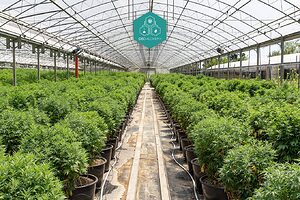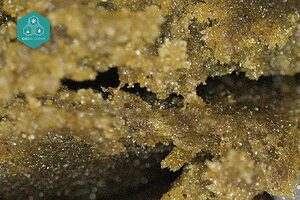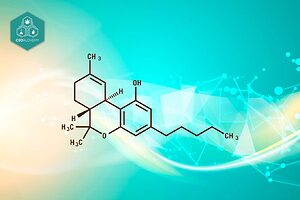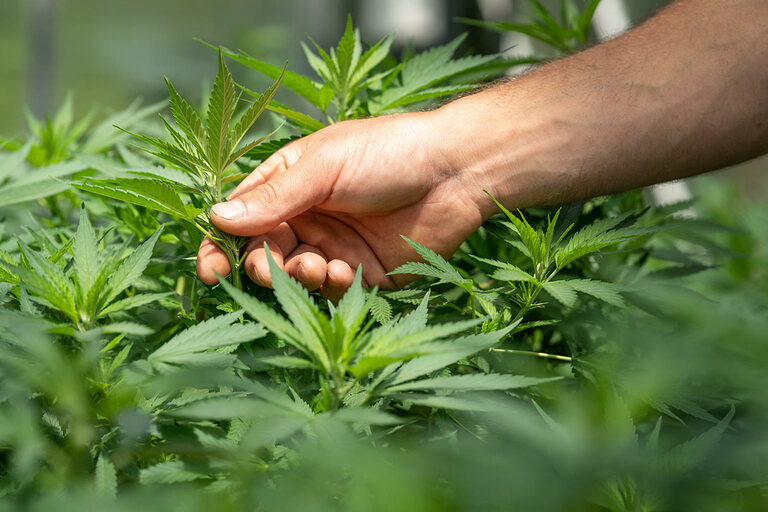
We know, it has a challenging name, but you will get used to it as soon as you know how important it is for our health and wellbeing.
Although it may seem a new subject, and most of us aren’t familiar with cannabis research, hemp and specifically CBD is a field that has been researched quite a lot.
If you’ve read our Why Our Bodies Receive Cannabis So Well, you may already know a bit about it (or have heard it somewhere else). In any case, let’s clarify how this curious system works.
A system to regulate pain and pleasure
According to Project CBD, a journalist-run and very informative site on cannabis, the endocannabinoid system is a biochemical communication system found in our body. It has very particular functions that are crucial to our well-being.
The endocannabinoid system is made up of a set of receptors in the brain and some other parts of the body. The name, in fact, comes from the homonymous chemical compounds, the endocannabinoids. So… I actually have cannabinoids in my body? Well, sort of. Read on.
Two types of receptors
We have two types of receptors in our body: CB1, which is found in the brain; CB2, which is located throughout the nervous system, intestines and connective tissue.
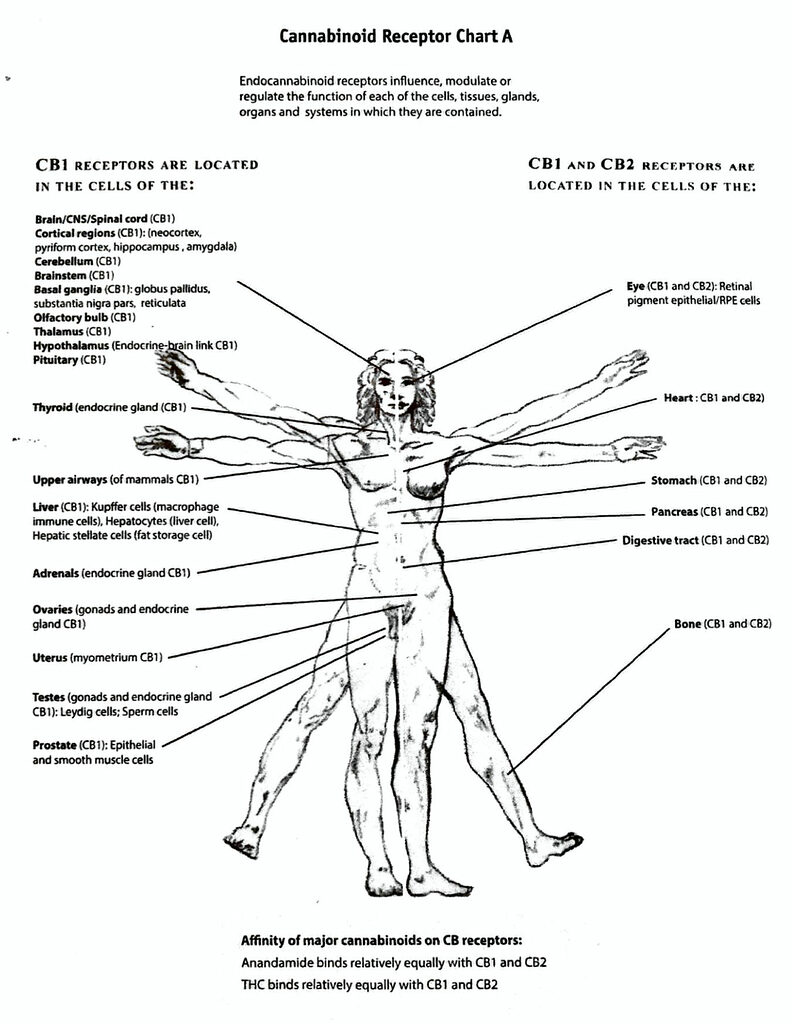
Endocannabinoids are chemical compounds produced by our body from fatty acids (especially Omega-3). These receptors help regulate basic functions in our metabolism: regulating pain, pleasure, mood, digestion and motor control. When the system becomes unbalanced, the body stops producing the natural cannabinoids necessary for its proper functioning, and these functions are altered: we feel sick, we suffer from pain and we feel lower in mood.
The connection between this system and cannabis is that cannabinoids (molecules of the cannabis plant) interact, or rather, activate the endocannabinoid system and the receptors we have just presented.
Homeostasis and the endocannabinoid system
Homeostasis is a “self-regulating process by which biological systems tend to maintain stability while adjusting to conditions that are optimal for survival” (Britannica). This means that our organism has the resources to regulate itself, and a large part of this work is done by the endocannabinoid system. Therefore, consuming cannabinoids contributes to stimulate the homeostasis processes carried out by the endocannabinoid system.
So… my body has the cure to all my pains?
Well, that’s one way to sum it up. What is clear is that CBD is of great help when it comes to regulate your body naturally, because we help to activate the homeostasis function.
How was the endocannabinoid system discovered?
Studying and researching cannabis as a raw material or medicinal substance has not been and is not an easy task. However, there are always gaps through which light enters, and the case of Dr. Mechoulam is one of them (yes, he is the one in the picture).
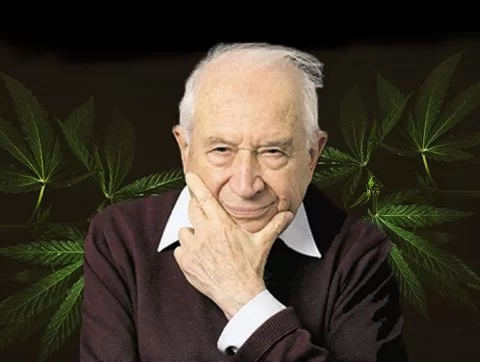
Known in some cases as “the father of marijuana” for his revolutionary research and his great discoveries, he decided to study the plant from the same perspective that other substances are studied. Surprised that the scientific community was devoted to studying morphine, cocaine, isolated as a substance some 150 years ago, but not cannabis, he decided to investigate the forgotten substance. He was the first modern scientist to isolate one of the molecules present in cannabis, in fact, one of the best known for recreational use: THC, short for Δ9-tetrahydrocannabinol.
His research in the 1960s was based on hashish from a police station in Israel. In addition to THC, he also managed to isolate CBD, which stands for Cannabidiol. In particular this component has shown to be a great medicinal efficacy against psychosis, treatment of chronic pain and epileptic seizures.
In 1992 Dr. Mechoulam discovered the endocannabinoid system. According to his studies it is not a mere coincidence that we consume cannabinoids. Mechoulam discovered that cannabinoids attach themselves to the different regions of the brain, as well as to the other parts of the brain where the receptors of the endocannabinoid system are located. Through his research he saw how important anandamide is: a fatty acid neurotransmitter that is linked to the control of cancer cell proliferation. The origin of this neurotransmitter, according to Europapress, comes from the Sanskrit “ananda”, which means “joy, supreme happiness”. Given the worldwide prohibition of marijuana, we are still unaware of some of its properties, so research on this neurotransmitter is still ongoing. We will keep an eye on progress in this field and keep you duly informed.
Want to know more? Check out these great links:
- Documentary about Dr. Mechoulam: The Scientist
- Article about Dr. Mechoulam: ‘El Científico’: Dr. Raphael Mechoulam y el Sistema Endocannabinoide (europapress.es)


